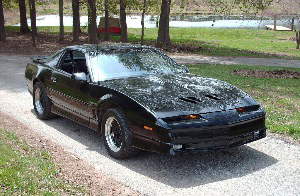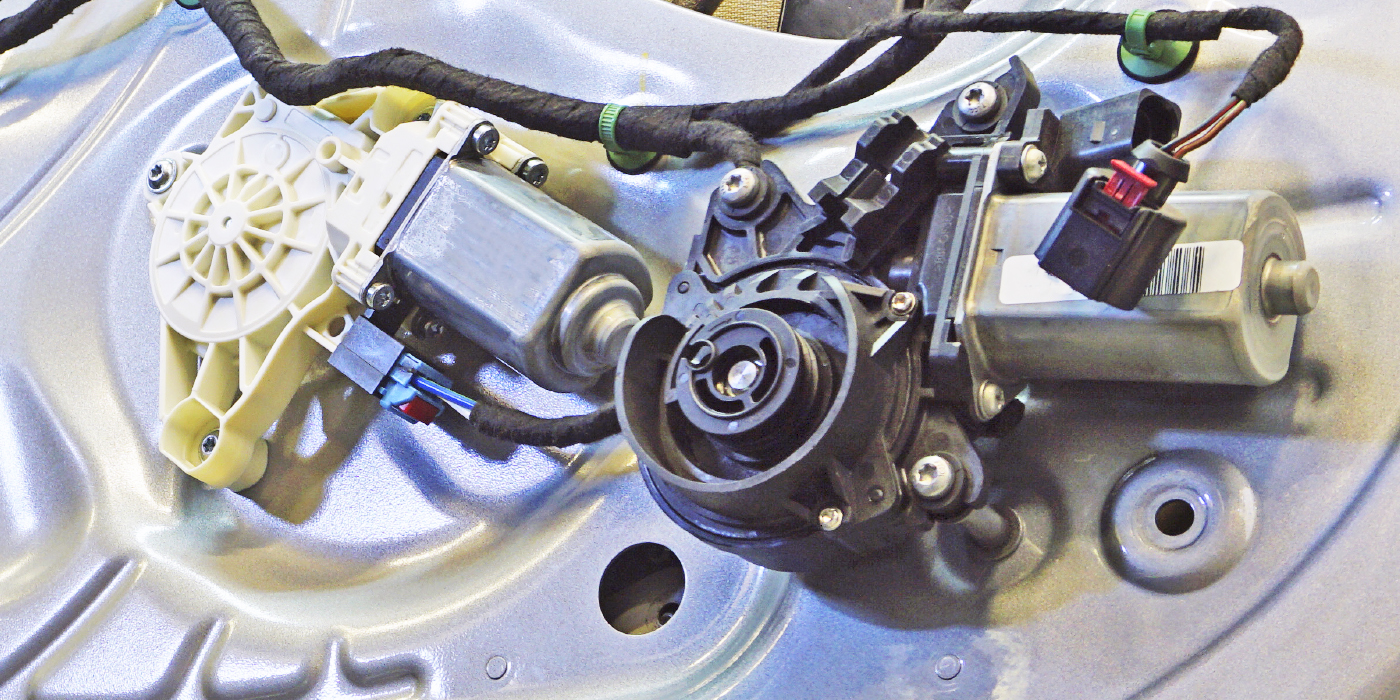By Joe Severns
What is performance? A recent commercial by stalwart automaker Mercedes-Benz asks the question – and then sets about answering it as completely as 30 seconds of prime-time television can.
Sparing their hyperbole, arguably performance is action – it is doing. Whether something is doing well is an altogether different point.
Tiremakers develop what they term “high performance” and “ultra-high performance” tires. I’ve even heard the term “hyper-performance.”
That last one aside, the definition of what a high performance or ultra-high performance tire is, and what it isn’t, is serious business. It is also something that can trip up uneducated consumers. (Who doesn’t want the absolute best performing tire for their car? No one, that’s who.)
But somewhere along the line, the word “performance” became synonymous with “fast” and “racy” and ultimately the word became an adjective – a superlative – and readily chucked about by the marketing pros charged with labeling their company’s products.
However, as automakers tune suspensions, bring exotic materials to bear and make cars more like tanks, tiremakers have had to stay one step ahead, providing OEMs with tires that augment a suspension’s abilities – and about a dozen other things like treadwear, fuel efficiency, weight, etc.
As HP/UHP tires become more and more prevalent, memories of a time when a high performance tire was a rarity come to mind.

When I was in high school (lo, those many years ago), there were always one or two guys with a “cool” car (read: sporty, fast, loud, fast – did I say fast?). I remember a kid named Punka with his canary yellow Pontiac Firebird, or Ricky, whose insurance company-owning dad bought him a brand new 1990 Firebird.
Both of these guys were given the golden keys to driving pleasure when they were 16 (in fact, our town was so small that Punka was driving his car well before his 16th birthday, but I’m sure any statute of limitations has expired by now). Most of the rest of us pined over their glorious sheet metal and purring power plants and hoped for a day when we would have enough dough to deliver us from our family sedan or wagon.
Until that time, we augmented our milquetoast rides with white letter tires (racy!) and Cherry Bomb mufflers (loud!). That was “performance” – at least to us.
One of my good friends had the greatest non-performance car of all time – a 1970s era Chrysler Newport. A year older than me, this guy and another friend would pick me up in the “Battlestar Gallactica.” Underpowered even with a 318-cubic-inch V8, it was plush and in no rush.
The best thing about it, though, was the bitchin’ set of white letter “performance” tires he installed. A giant white car with white letter tires, riding on the bump stops with six growing teenagers aboard. I say “aboard” because this truly was a mega-yacht with absolutely no sporting abilities, no matter what our sporting intentions were – even with the cool tires.
In our minds, no one could touch Joe’s Chrysler Newport. It was a beast. Sure, he may have shortened the stopping distances with the new tires, and the barge may have come about with more aplomb than usual for an ocean liner, but the fact of the matter was his was no muscle car – and our high performance aspirations were no match for the car’s low performance tossability.
Nowadays, that big Chrysler’s heir apparent has no trouble being “chucked about,” and wears HP tires that it can actually use. There is no arguing with a Hemi 300C, and if only we had that kind of power, stability and styling in 1990, we could have been contenders!
Performance Indicators
The point is that today we seem to be at a point where tires that do many things well – sometimes exceedingly so – are classified as “performance” tires. Even when, in fact, one could parse and make the argument that all tires are performance tires – it’s just that some perform better than others. It is these high performance and ultra-high performance tires that really have turned the industry on its ear.
The fact is, today’s tires stop better, have better wet and dry traction and deliver better handling and stability than before. It’s no secret that automakers fit these HP and UHP tires to many vehicles today, even those one might not classify as “performance cars.” OE or replacement, HP/UHP tires are making the rounds and are appearing on family sedans, wagons and crossovers, too.
There was a time when a set of tires might cost $200-$300, but that has increased exponentially. The days of accepted levels of NVH (noise, vibration and harshness) are over. According to safercar.gov, consumers are more interested than ever before in their tire’s performance. A tire’s temperature, treadwear and traction are often researched by the consumer, and thanks to the Internet and UTQG, consumers can learn just what their tire can, and can’t, do.
Upcoming labeling regulations – fuel economy, treadwear and “safety” – will allow consumers to make more informed judgments on the performance potential of the tire they are considering.
Temperature grades are an indication of a tire’s resistance to heat and are relative to a tire’s wear rate. Sustained high temperature (for example, driving long distances in hot weather) can cause a tire to deteriorate, leading to blowouts and tread separation.
From highest to lowest, a tire’s resistance to heat is graded as “A,” “B” or “C.” HP/UHP tires have a greater resistance to the effects of heat, and as such, are an attractive alternative for OEMs looking for added safety.
Treadwear grades indicate a tire’s relative wear rate. The higher the treadwear number, the longer it should take for the tread to wear. In testing for treadwear ratings, a control tire is assigned a grade of 100. Other tires are compared to the control tire. For example, a tire grade of 200 should wear twice as long as the control tire.
Of current tires: 15% are rated below 200, 25% are rated 201 – 300, 32% are rated 301 – 400, 20% are rated 401 – 500, 6% are rated 501 – 600, and just 2% are rated above 600.
Traction is also graded, and measures a tire’s ability to stop on wet pavement. A higher graded tire should allow a car to stop on wet roads in a shorter distance than a tire with a lower grade. Traction is graded from highest to lowest as “AA,” “A,” “B” and “C.”
Of current tires: 3% are rated “AA,” 75% are rated “A,” 22% are rated “B,” and only one line of tires is rated “C.”
What does this all mean? By and large, most of the tires on the market today are performers – and not just in terms of definition.
Today, we have the best possible mix of performance from tires and our cars, and consumer education is key to serviceability and replacement. They are doing it.
No longer are a car’s sporting intentions advertised only by white letter tires, but by the tiny letters and numbers coded on each sidewall to ensure the next group of unruly teenagers has every possible advantage when plodding along in their family car hand-me-downs.
Courtesy of TIRE REVIEW magazine.













